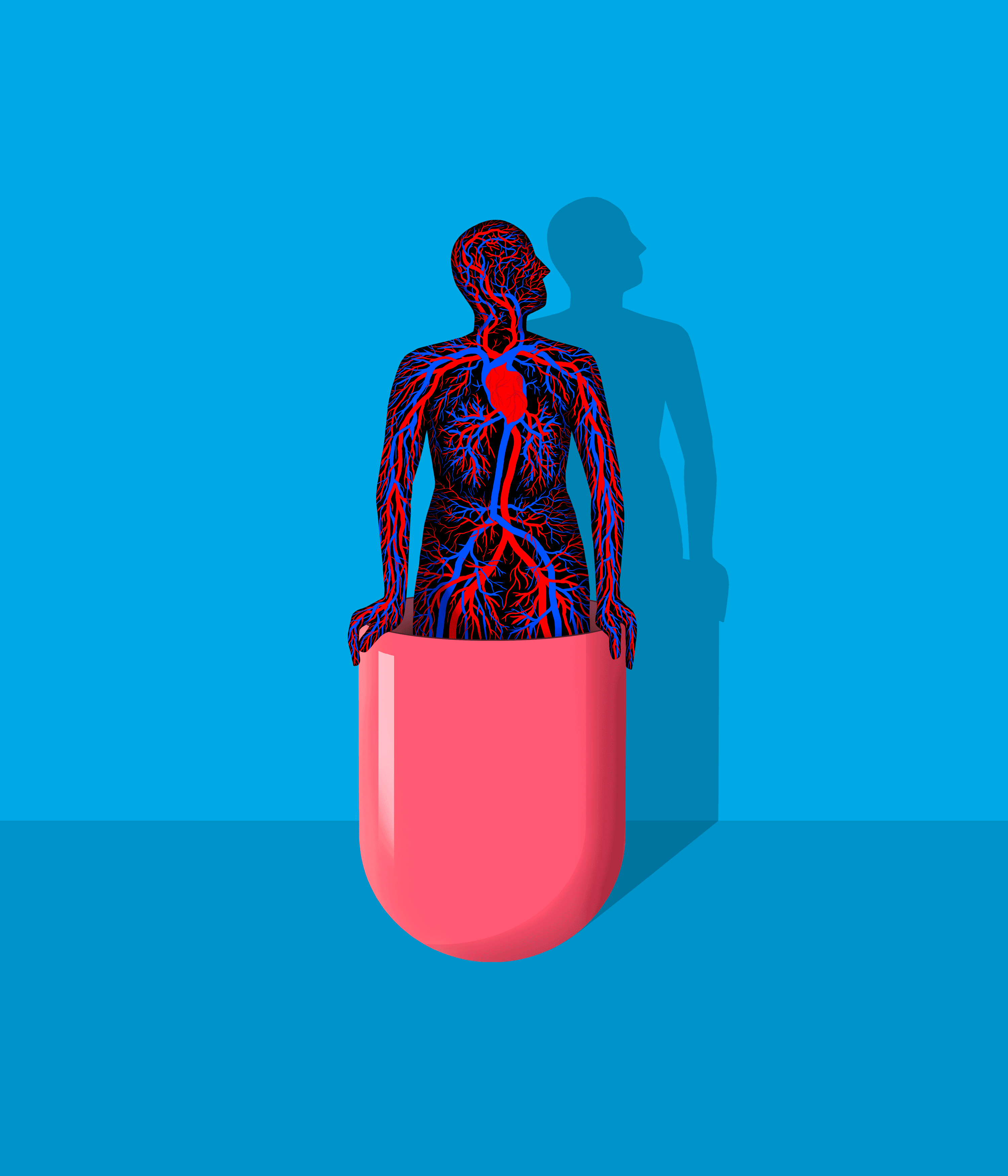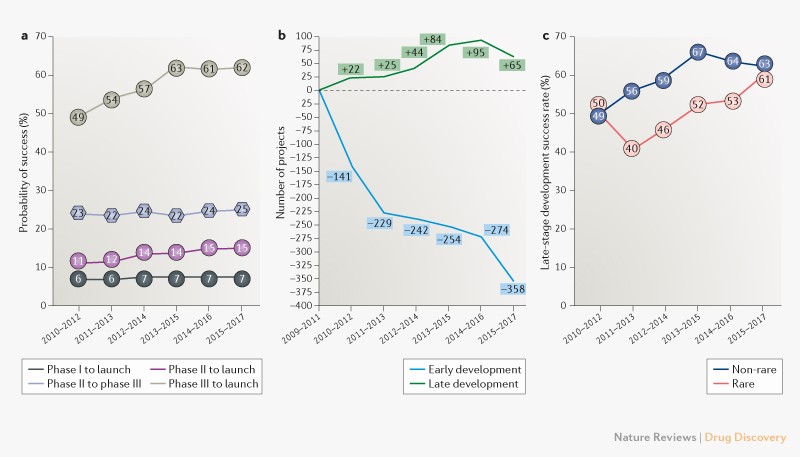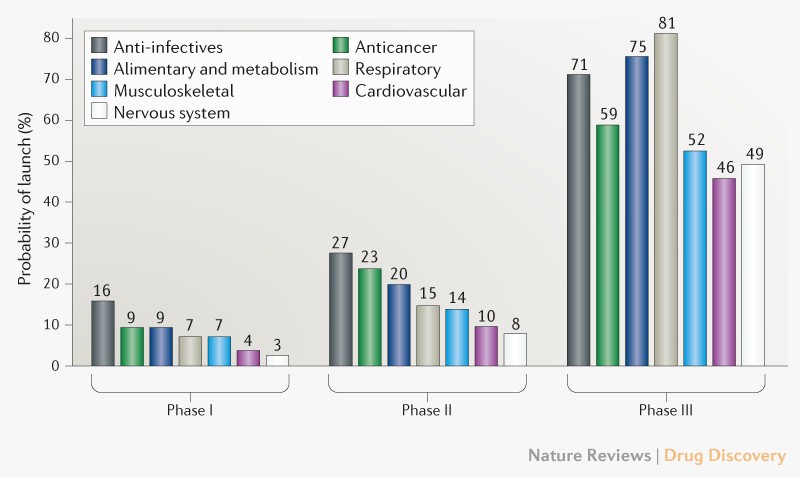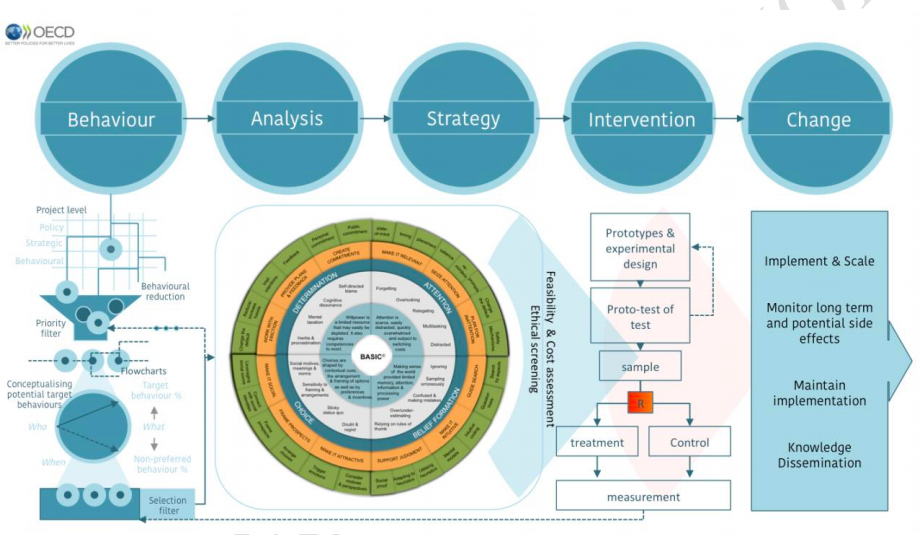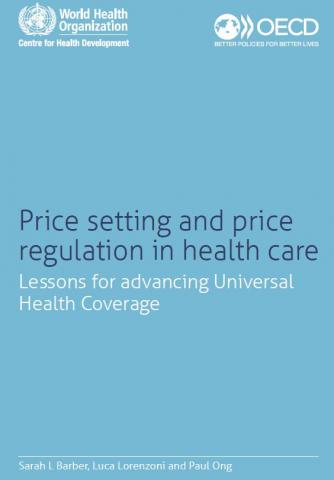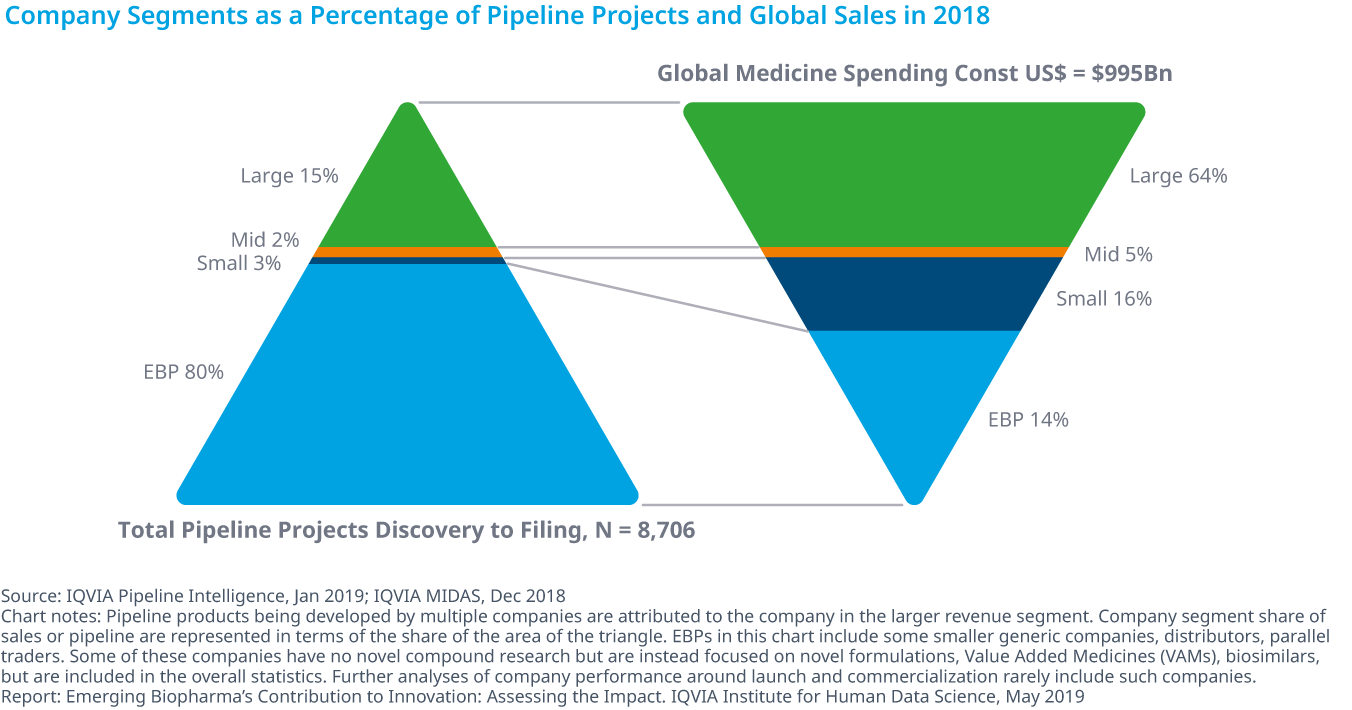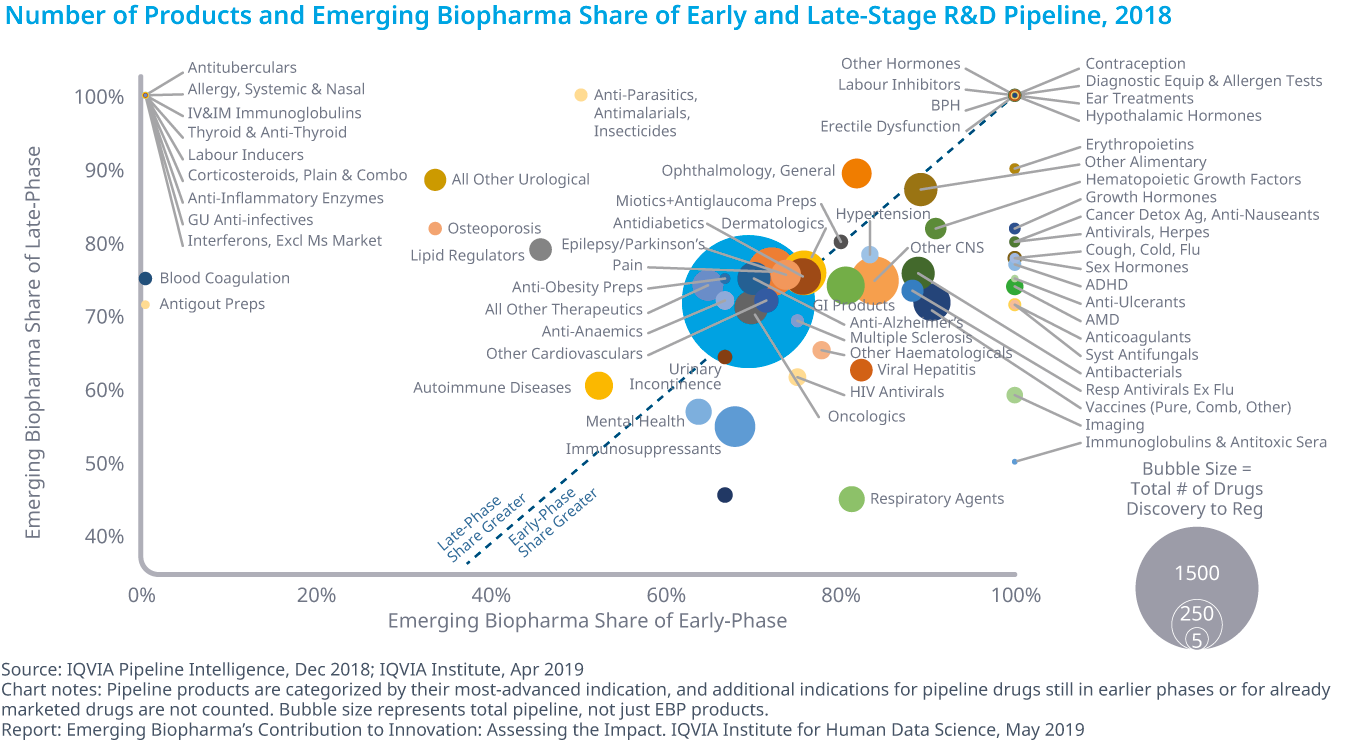This paper lays out a coherent framework for the assessment of diagnostic and prognostic tests for HTA using a linked-evidence, or decision modelling, approach. It is solidly grounded on the indirect mechanism of value accrual for these health technologies that can be summarised using three interlinked components: classification (using test results to define treatment groups), choice (in terms of treatment) and outcomes. Importantly, this paper proposes a series of innovative graphical displays
aiming to better inform decision making.
The literature on the value of heterogeneity and stratified decision making directly relates to this mechanism of value accrual with diagnostic and prognostic tests. Heterogeneity is defined as the variation in outcome of a population (variability) that can at least partly be explained by some attribute of interest. Heterogeneity is valuable insofar as it allows treatment decisions to be stratified across different subgroups so as to generate gains in (net)health; but, for heterogeneity to be identified, tests need to be applied that identify the subgroup an individual patient belongs to.A reference article on the topic, for the files.
Caravan Palace
